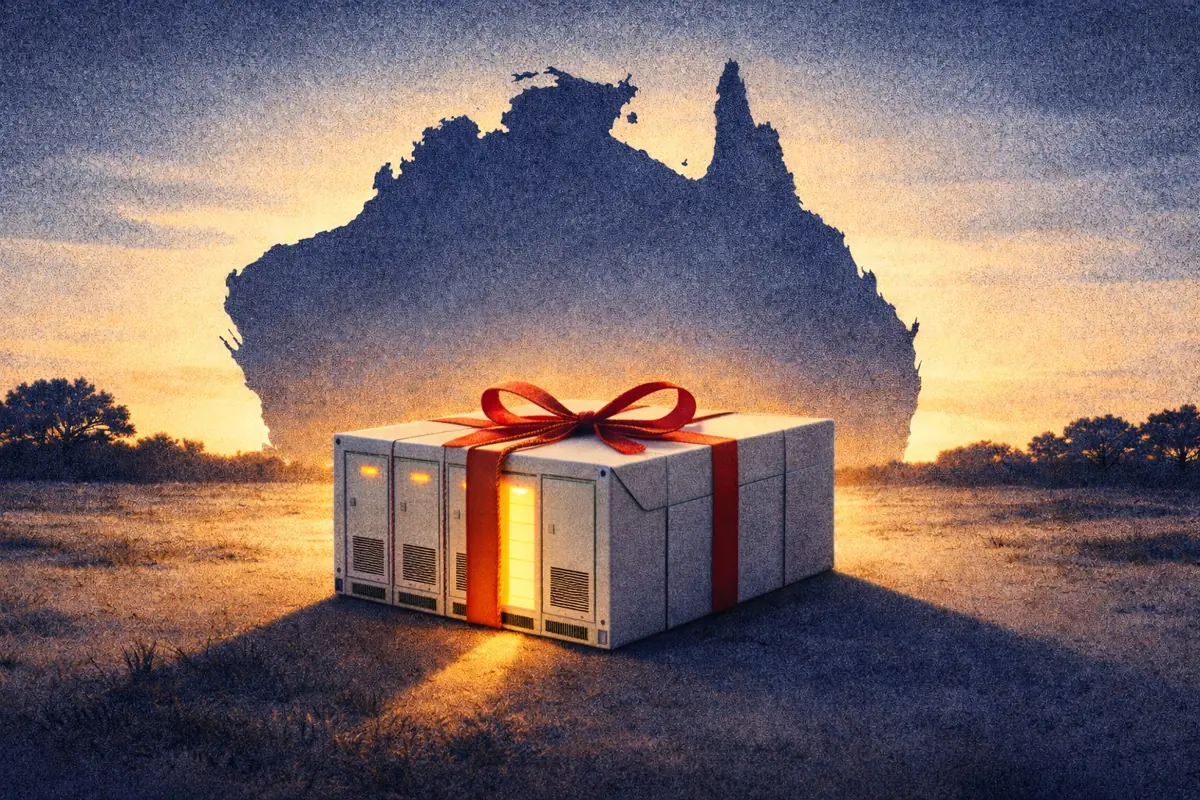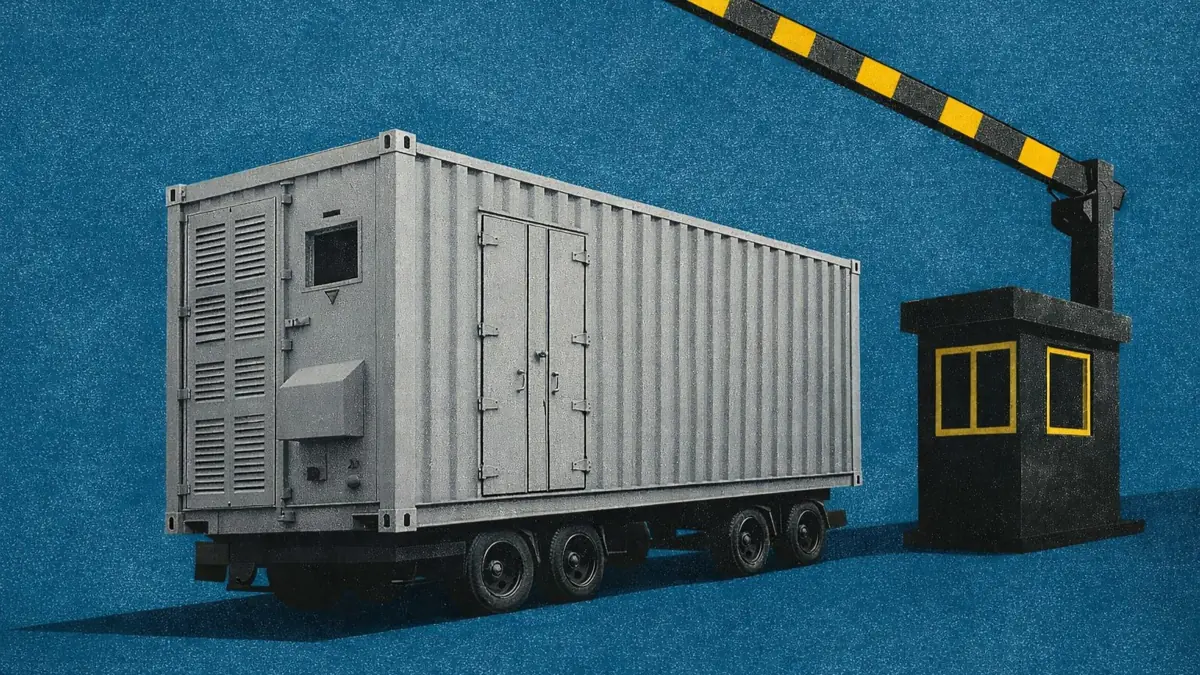Which ERCOT BESS owners are influencing Ancillary Service prices?
Which ERCOT BESS owners are influencing Ancillary Service prices?
Ancillary Service prices have decreased in the last two years - relative to Energy prices - and battery energy storage systems are a big reason why.
Batteries have become the dominant provider of Ancillary Services in ERCOT. In fact, in the month of May, batteries provided 42% of all volume offered into Ancillary Service markets. This rises to 58% if excluding Non-Spin, the only service with significantly less than 50% of volume offered by batteries.

Batteries are now also consistently offering well over 100% of the procured volume for:
- Responsive Reserve (RRS), and
- the Regulation services.
In May, battery energy storage systems also offered around 89% of the procured volume for the ERCOT Contingency Reserve Service (ECRS), on average.

This means that batteries now provide around 55% of all procured Ancillary Service volume in real-time. This rises to around 70% when excluding the Non-Spinning Reserve Service.
As more storage is developed, more storage owners enter the picture. And, as the number of asset owners in ERCOT grows, operational strategies continue to diversify.
Modo subscribers can read the rest of the report below - find out:
- What proportion of Ancillary Service offers come from each battery energy storage owner.
- How different asset owners are pricing into Ancillary Services. Which owners are ‘price takers’, and which are ‘price setters’?
- And how those offer prices stack up against Ancillary Service clearing prices.
Battery energy storage offer volume largely comes from just a handful of asset owners
Naturally, the asset owners that have the most installed rated power tend to provide the most offer volume.
Already a subscriber?
Log in







